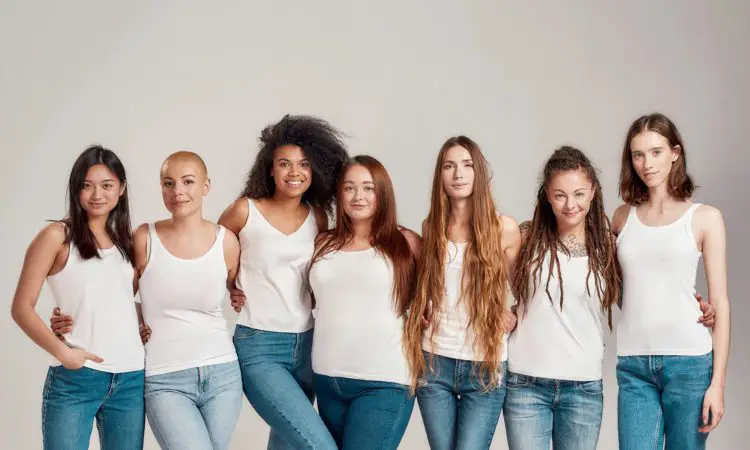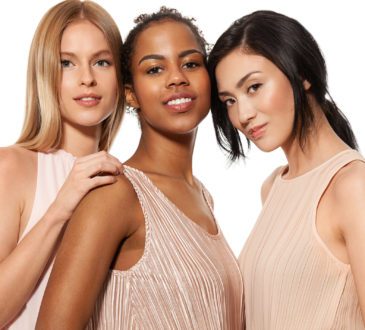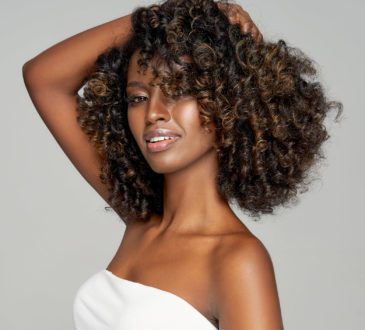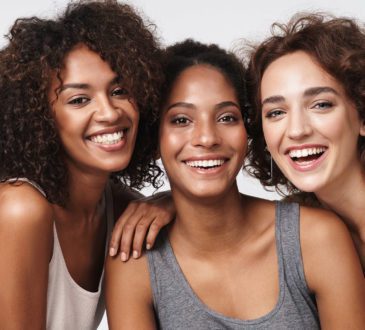
Models and their weight have been a discussion and object of controversy in the last few years. The modeling industry inherently comes with requirements that some would say are unachievable and unrealistic by most. Yet, the nature of the industry is such that a person is hired to make a product look appealing and cause one to buy the said product. Therefore, this person must be visually appealing.
In Western cultures the definition of “visually appealing” for a woman is generally someone that is fit, slender and healthy looking to the eye. This lends to a certain body type. Fashion Models are generally required to adhere to certain measurements in order to excel in this particular genre of modeling. Is this right? Is this necessary? These are just a few questions that come to mind when speaking of the topic of the average female model weight.

What is the average fashion model’s weight?
In western cultures, it is desired by many to be the average weight that is acceptable by society. This weight generally corresponds to a correlation with your height. In American culture, we have been blasted with images of models such as Polina Malinovskaya and Gemma Ward for decades. These images have permeated our culture in a way that has filtered down to the average American woman. Seeing these images consistently has cultivated habits that have taught women that they too need to be this size in order to be beautiful and accepted by society.
In order to be considered as a fashion model, you must have at least a height of 5’9 or many agencies will not even consider you. According to the National Institute of Health, a woman that is 5’9 should be in the range between 128 and 162 pounds. However, a fashion model’s average weight is around 113 pounds. This presents a problem for the average woman, as this weight is usually not attainable, definitely not sustainable and is not considered healthy.
Why are skinny fashion models in high demand?
Historically, designers have only wanted one type of figure. Lanky, tall, thin, flat-chested women. Designers say that this body type lends better to their designs because it creates a blank canvas, allowing the viewer to see themselves in their clothing.
Designers also feel that smaller clothing sizes are optimal because they can construct all of their garments in that one size and know that it will fit your specifically sized model. Fewer adjustments before showtime makes for a less stressful environment.
Designers also say that critics, fashion editors and the highly coveted consumer also would rather see a model that is tall, thin and underweight than any other body type. They say that this body type inspires consumers to want to be like the model, spurring sales for that designer.
Designers also feel that through fashion history, this body type has been what has been in high demand because this is the acceptable and expected look that designers themselves need and want. This look is considered artistic and beautiful among designers. If a designer is to try to break the mold and step out with a model that deviates from the norm, expectations almost always falls flat.
Measurements in other areas of modeling
Even though it seems fashion modeling will perpetually be stuck in the tall and skinny rut, there have been changes in recent years to other areas of modeling. However, there is still a long way to go.
Plus size models
Lane Bryant laid the foundation for women of different sizes back in the 1920’s when they began marketing their clothing, “for stout women”. It took some time, but more and more companies are popping up with the goal of clothing women of more conventional and realistic sizes. Plus size modeling is on the rise.
Petitie Models
The average height and weight of the American woman is estimated to be 5’4 and is 170 pounds. This statistic proves that the traditional ideal model that is pushed on the consumer through advertising is not only a false representation of its customer, but that designers and brands, as a whole, are not in touch with their customer base.
Petite models average in height from 5’2 to 5’6 and weigh between 108 to 115 pounds. The petite modeling industry is a little more realistic when it comes to representing the general population, but still doesn’t even come close to what the average female consumer actually looks like.
Change on the horizon
It seems that the fashion modeling industry may be perpetually stuck on the rat wheel of long and lean. However, in the past few years it isn’t uncommon to walk into a Target or Macy’s and see more diversity being represented. Along with models that are above average in weight being used in ad campaigns, you will see differently-abled models and models of all skin tones, sizes and looks.
This gives hope that the industry may be on the cusp of real main stream change when it comes to representing its consumers. Fame and fortune has been awarded to plus size models such as Tess Holliday and Ashley Graham, something that you may not have seen in the very recent past.
Yet, the fashion world seems it has a long way to go in order to include many segments of the population that are heavily unrepresented. In the future, it will be interesting to see the changes in the industry so that more and more women can be included in the exciting world of fashion.





